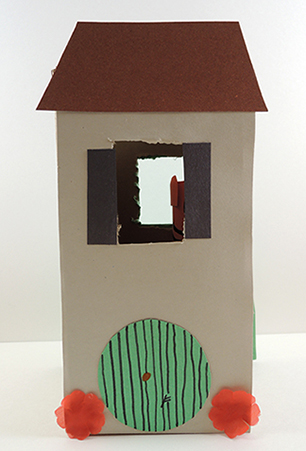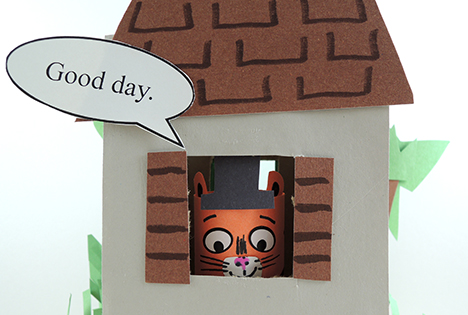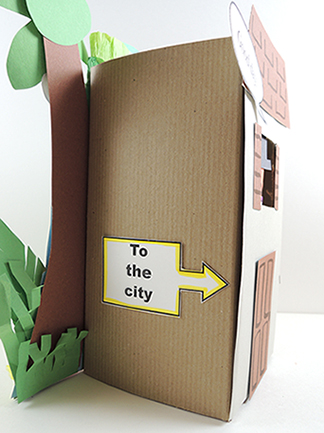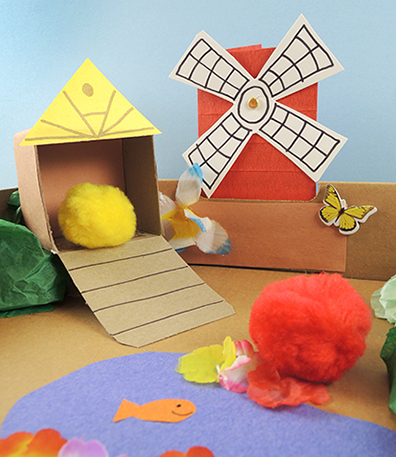 It’s a merry chase! Use your motor skills to navigate a yellow pom-pom hen around the barnyard. But beware the red pom-pom fox, who’s also on a roll!
It’s a merry chase! Use your motor skills to navigate a yellow pom-pom hen around the barnyard. But beware the red pom-pom fox, who’s also on a roll!
We read Rosie’s Walk by Pat Hutchins (Aladdin, 1971 read here by Miss Gray Educates). Rosie the Hen decided to take a little stroll around the farm, not realizing that she’s being followed by a hungry fox. Fortunately for Rosie, the Fox’s luck is horrible. He runs into misfortune after misfortune in pursuit of his chicken lunch. Happily, Rosie makes it back to her coop, none the wiser. The wordless sight gags on each page had our kids chuckling!
This book also gets a gold star rating from Katie. It was her son’s FAVORITE as a kid!
You’ll need:
- 1 large box top (like a copy paper box lid)
- 1 paper towel tube
- 1 small box
- 1 paper cup
- Construction paper
- 2 large pom-poms
- Scissors, glue, and tape for construction
- Markers for decorating
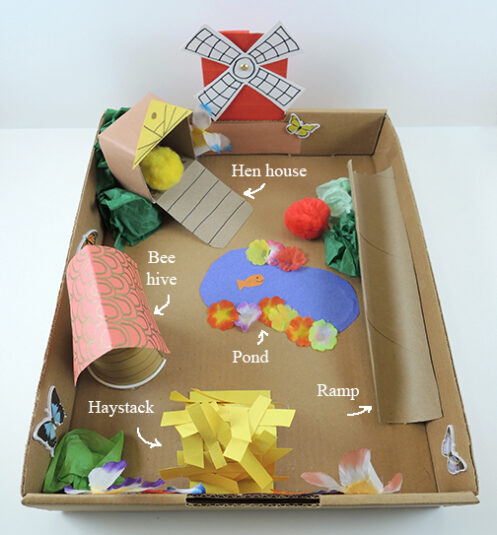 As you can see in the above photo, we used a copy paper box lid as the base of our barnyard. Then we glued a number of elements in place. The bee hive was a paper cup with an arched door. The haystack was a construction paper tunnel. The ramp was a paper towel tube, cut in half length-wise and elevated with a snippet of the remaining tube. The hen house was a small box with the lid positioned as a ramp, also elevated with a snippet of paper towel tube. We added a pond, fabric flowers, and tissue paper shrubs as well.
As you can see in the above photo, we used a copy paper box lid as the base of our barnyard. Then we glued a number of elements in place. The bee hive was a paper cup with an arched door. The haystack was a construction paper tunnel. The ramp was a paper towel tube, cut in half length-wise and elevated with a snippet of the remaining tube. The hen house was a small box with the lid positioned as a ramp, also elevated with a snippet of paper towel tube. We added a pond, fabric flowers, and tissue paper shrubs as well.
With all the obstacles complete, drop two jumbo pom-poms into the box lid. We thought about decorating these like a fox and hen, but they rolled much easier as simple poms.
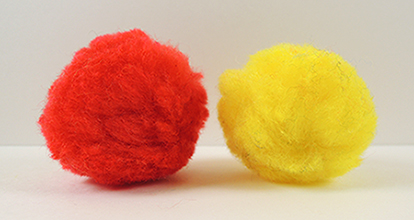
With your poms in place, commence the chase! Tip and jiggle the box lid to make the fox and hen race around the barnyard, ducking into buildings and rolling up ramps.

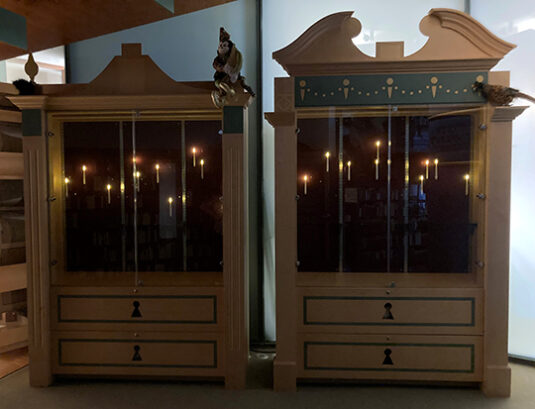
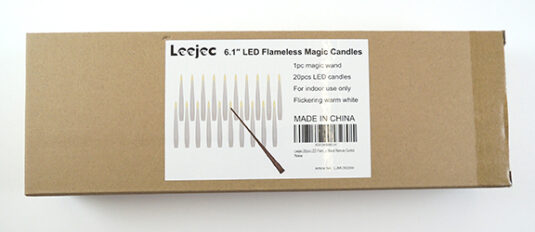 Each candle requires a AAA battery (not included) and had a long, invisible fishing line extending from the top. But the best part is…wait for it…you turn them on and off with a wand!
Each candle requires a AAA battery (not included) and had a long, invisible fishing line extending from the top. But the best part is…wait for it…you turn them on and off with a wand!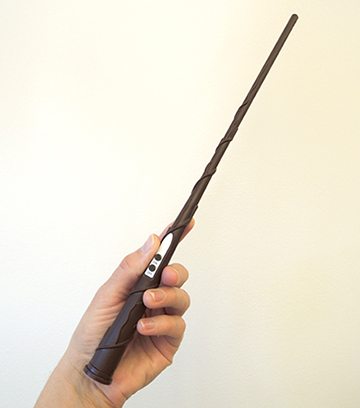 Hanging the candles was a bit tricky. The fishing lines are really, really, really long. We ended up wrapping them around paperclips (which was kind of slippery and frustrating until you got the hang of it), securing them with tape, sticking the wrapped paperclip through some plastic light covers in the case, and then anchoring the wrapped paper clips with more tape. It definitely took some time and patience!
Hanging the candles was a bit tricky. The fishing lines are really, really, really long. We ended up wrapping them around paperclips (which was kind of slippery and frustrating until you got the hang of it), securing them with tape, sticking the wrapped paperclip through some plastic light covers in the case, and then anchoring the wrapped paper clips with more tape. It definitely took some time and patience! In the reviews on Amazon, some folks used thumbtacks to secure the candles to the ceiling, some used poster putty. Others hung them on already existing light fixtures. It was agreed the fishing lines were super long, but for people with cathedral ceilings, that was a bonus.
In the reviews on Amazon, some folks used thumbtacks to secure the candles to the ceiling, some used poster putty. Others hung them on already existing light fixtures. It was agreed the fishing lines were super long, but for people with cathedral ceilings, that was a bonus.
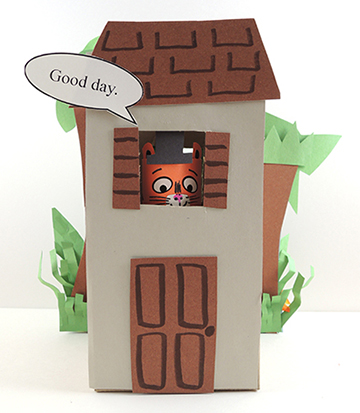
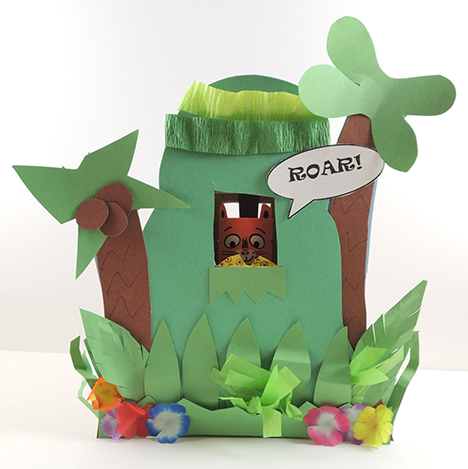 You’ll need:
You’ll need: